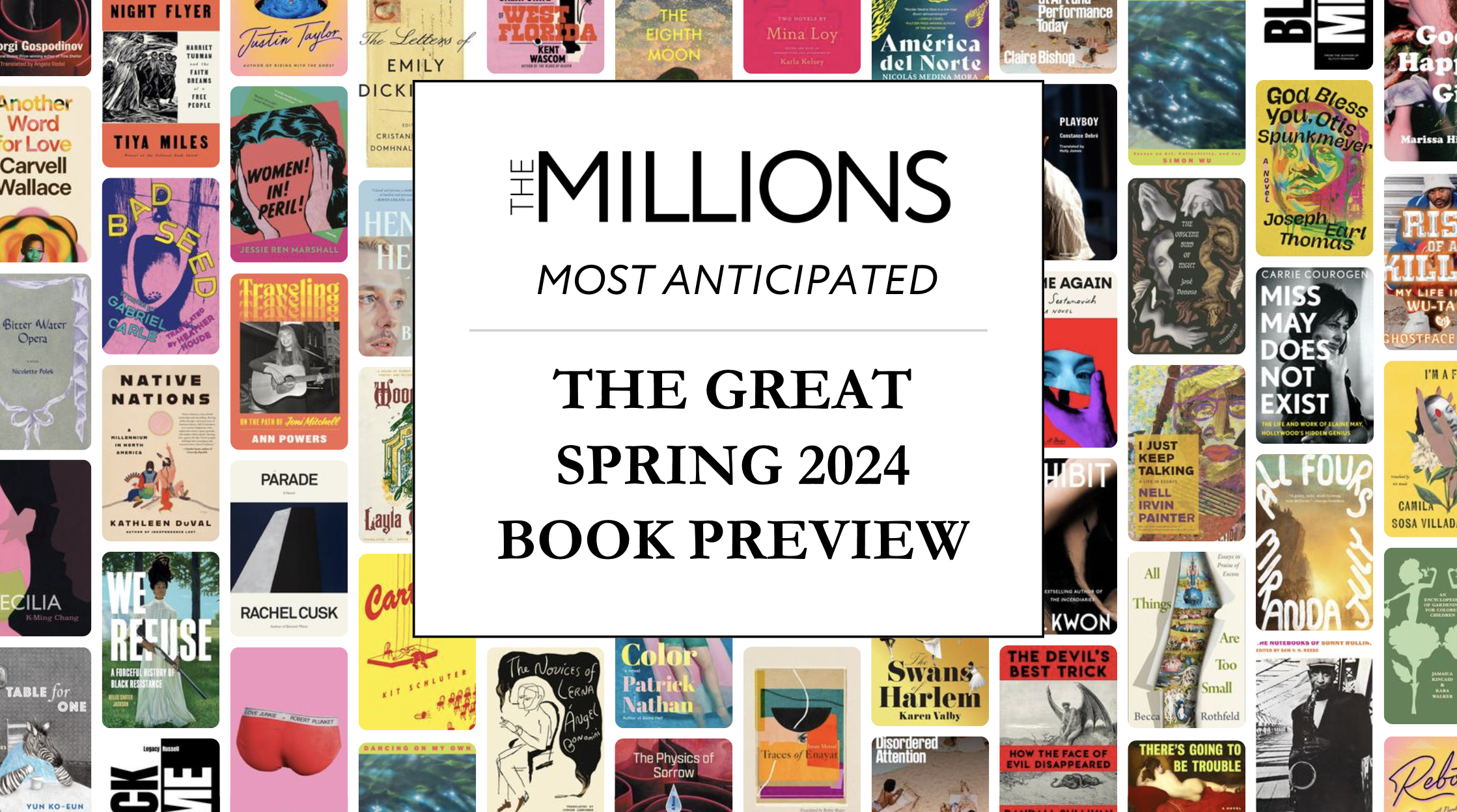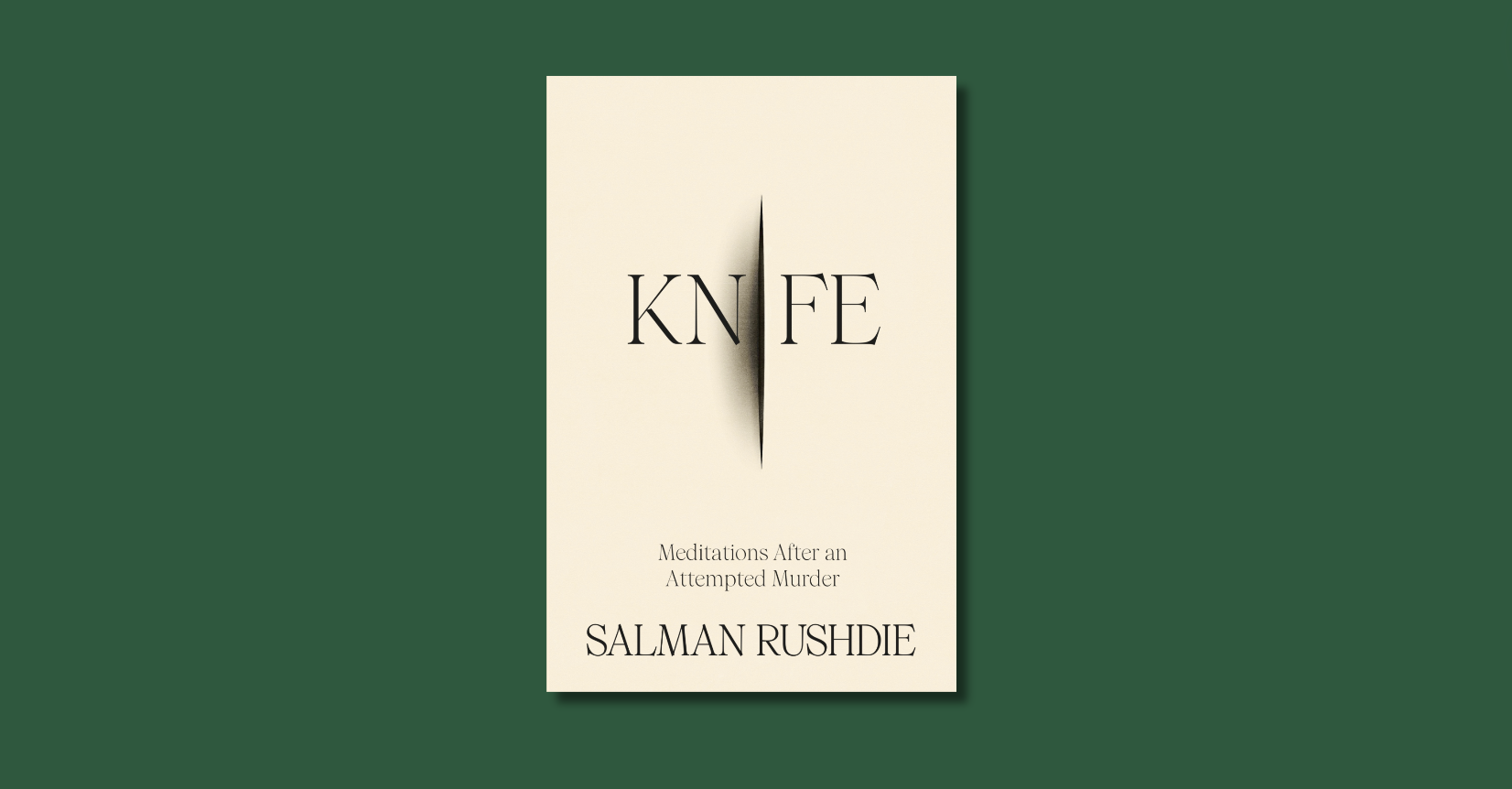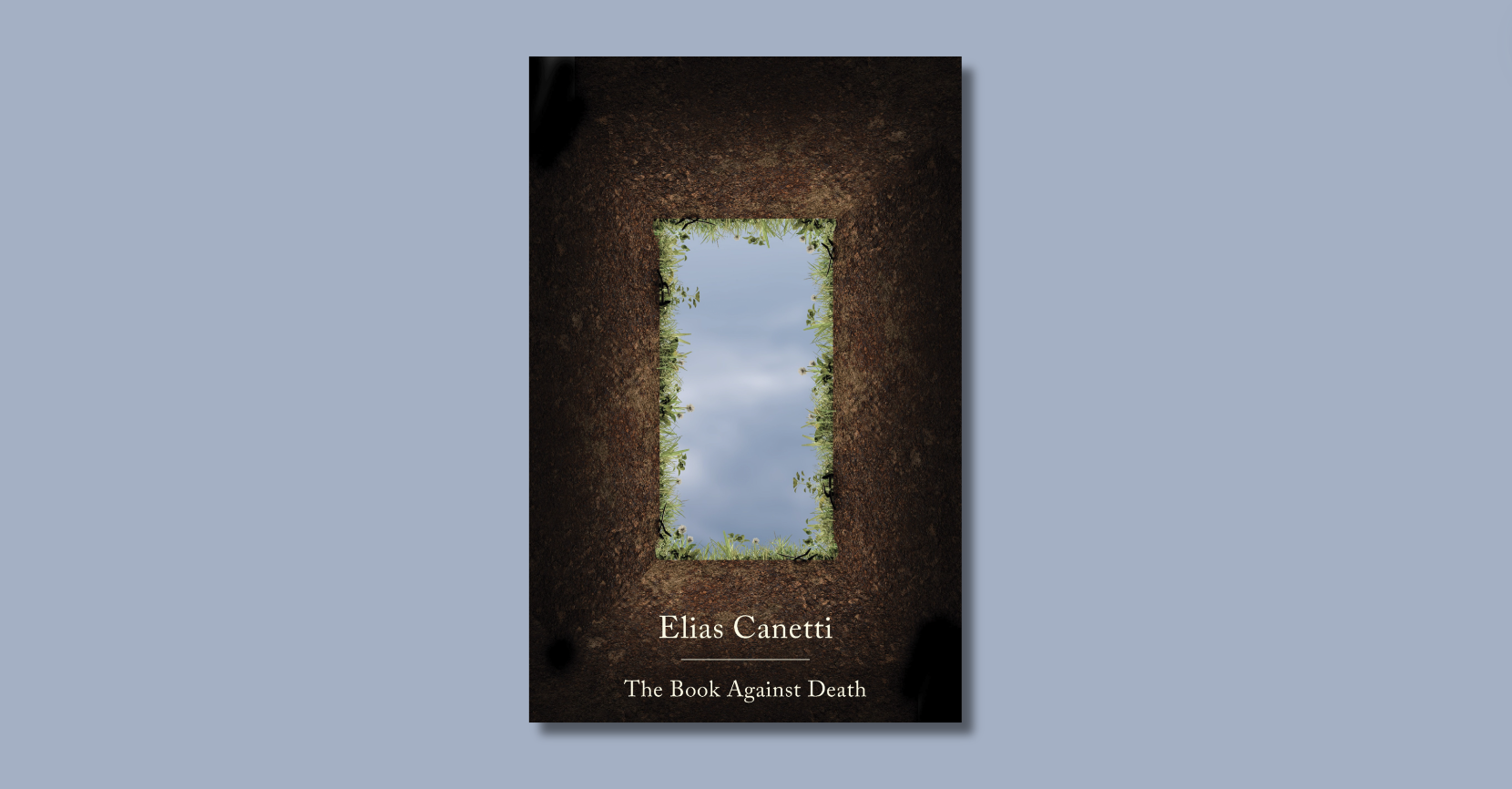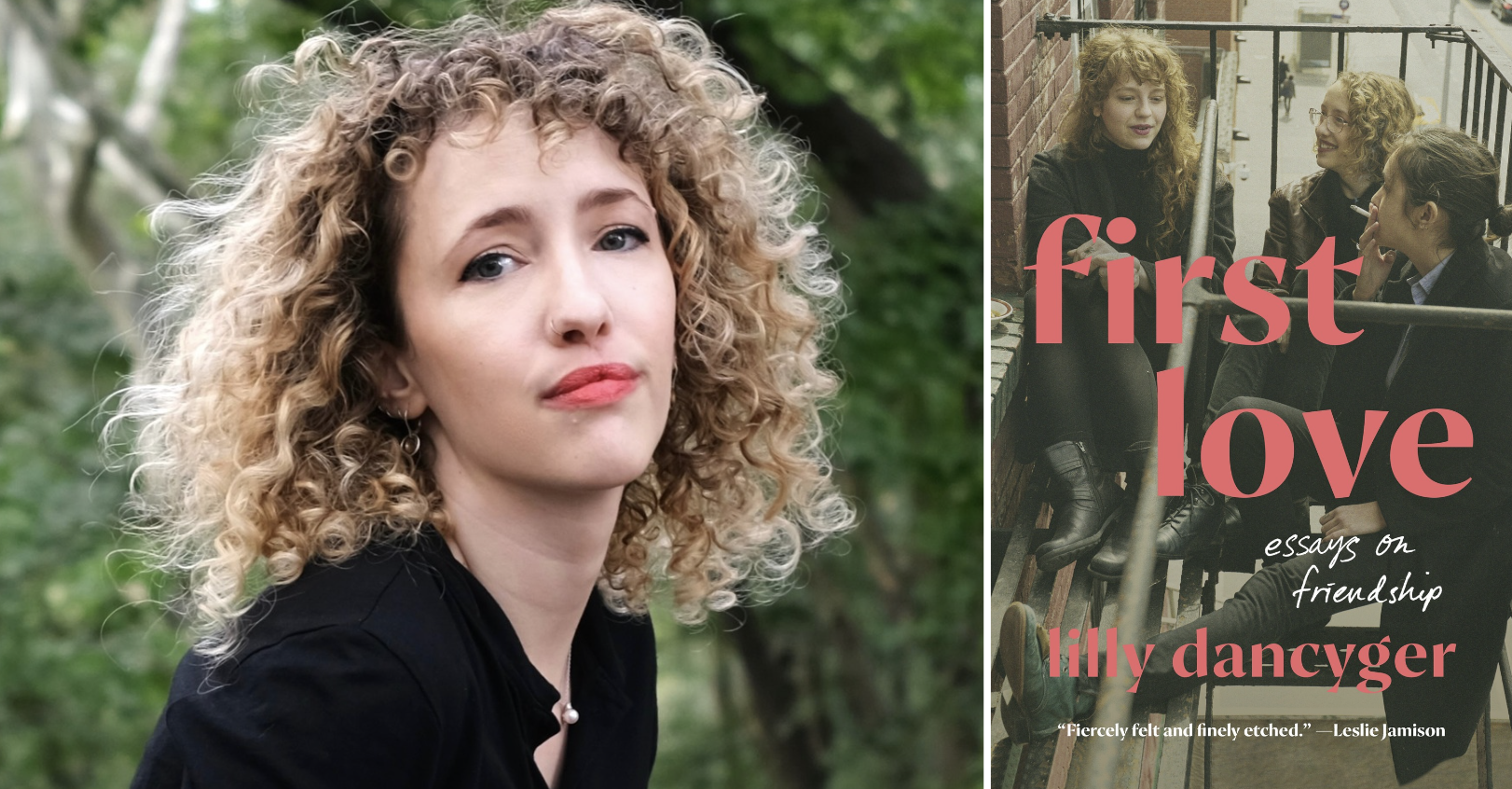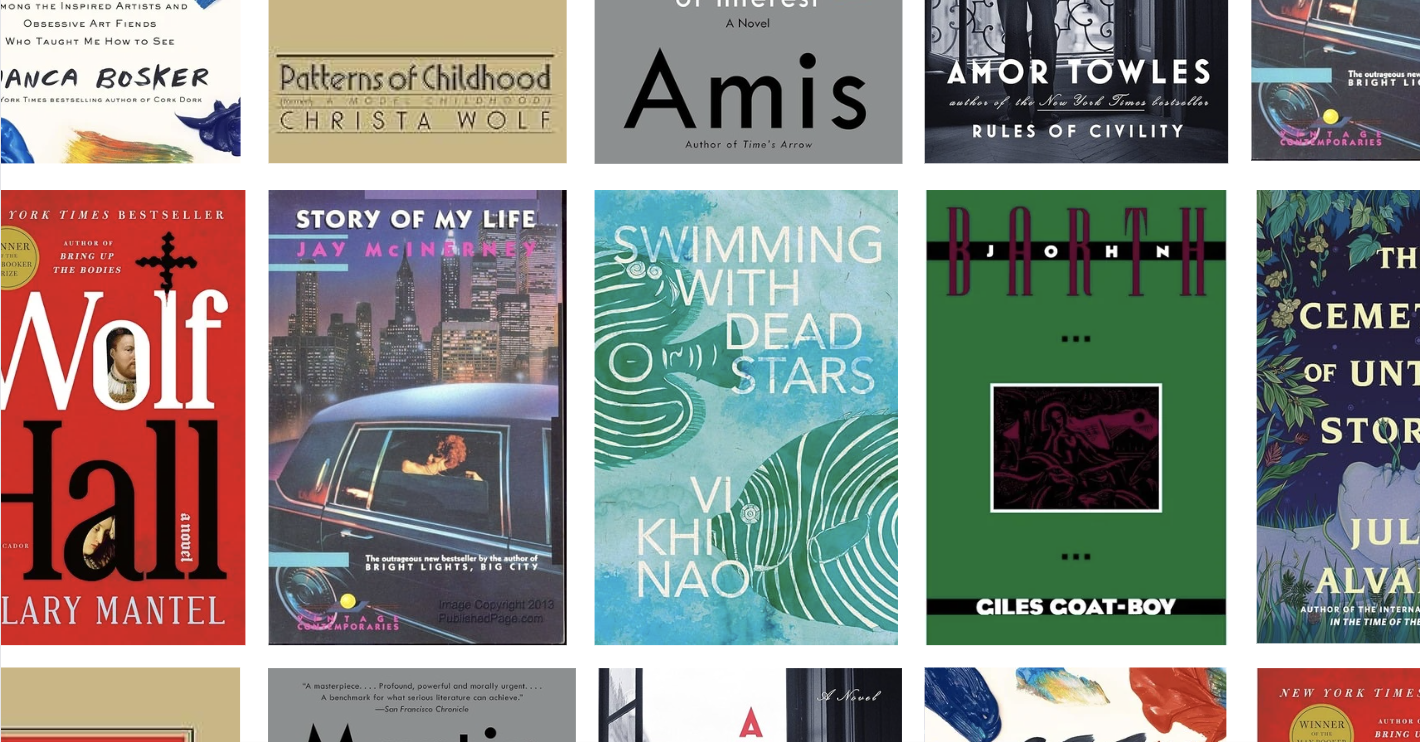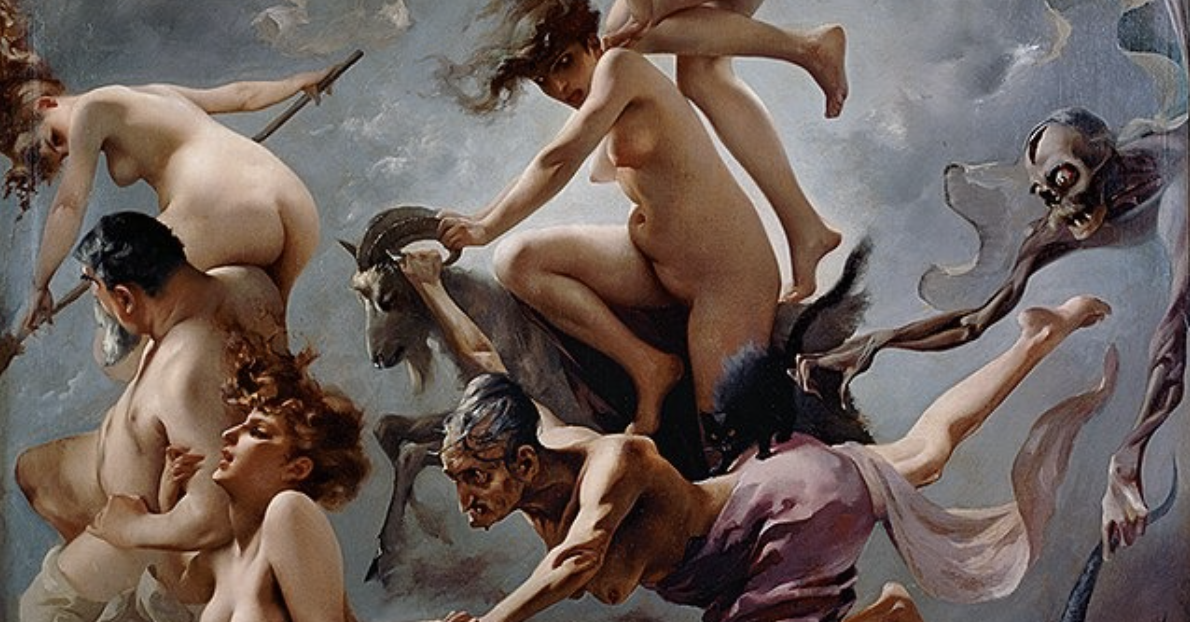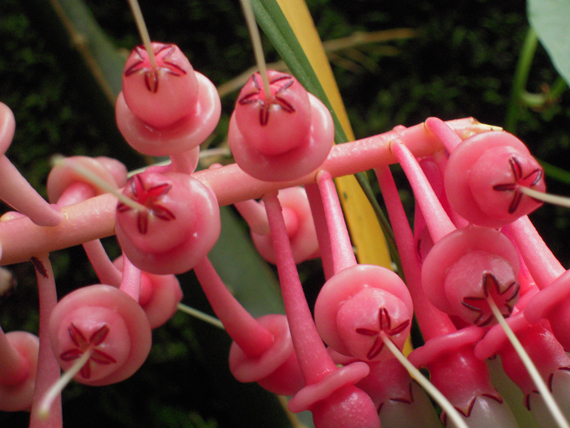
1.
Emily Moore, the protagonist of Andre Dubus’s 1996 short story “Dancing After Hours,” is a bartender and waitress who used to be an English teacher. As an English teacher myself, I find her reasons for leaving teaching terrifying in their precision and familiarity:
She had stopped teaching because of pain: she had gone with passion to high school students, year after year, and there was always one student, or even five, who wanted to feel the poem or story or novel, and see more clearly because of it. But Emily’s passion dissolved in the other students. They were young and robust, and although she knew their apathy was, above all, a sign of their being confined by classrooms and adolescence, it still felt like apathy. It made Emily feel isolated and futile… In her last three years she realized she was becoming scornful and bitter…
What teacher has not felt this pain—the pain of the audible yawn from the kid in the back row just as you launch into the lesson you worked on for an hour and a half—or worse, the lesson you spent only ten minutes preparing and are now feeling vulnerable about? This is not acute pain, not the pain of discovering that a student has craftily plagiarized an essay for your class, or reading a mean-spirited comment on a course evaluation, or being insulted to your face. This is the low-grade fever, the chronic hypertension of teaching, the apathy, dismissiveness, and dehumanization I suspect are part of most teachers’ everyday lives.
2.
A former teacher at the school where I teach loved Dickens above all other writers but never taught his work to his students. He didn’t want to put what he loved in front of them, fearing what they would do to it, or to his perception of it.
His fear was not a frivolous one. It does something to your love of a book to be yoked to it in front of a class of adolescents. To hear it casually mocked in the minutes before class begins. To have to defend it from annual rounds of nitpicking complaint from students whose own favorite texts—you just know—are shoddy pieces of hack work next to the art you’re giving them the chance to encounter. Most of all, perhaps, it does something to your love of a book to be forced to acknowledge the brute fact that this beautiful creation that has moved you to tears on multiple occasions will routinely fail to have that effect—or, seemingly, any effect—on a good twenty, fifty, seventy-five percent of your students, to whom that beautiful creation, born of toil and insight and bitter, sacred experience, is merely “boring” or “weird.”
 When made, like Bill Murray in the movie Groundhog Day, to experience this same deflation over and over and over again, you are tempted to give in, give up, to stop teaching that book. Or, worse, to stop loving it—in effect, to say to the students, “Have it your way.”
When made, like Bill Murray in the movie Groundhog Day, to experience this same deflation over and over and over again, you are tempted to give in, give up, to stop teaching that book. Or, worse, to stop loving it—in effect, to say to the students, “Have it your way.”
3.
The poet Wallace Stevens was by day an insurance company executive, not a teacher. But his short, rather elliptical poem “Gubbinal” (1931) seems to express this sentiment of surrender to those who lack imagination:
That strange flower, the sun,
Is just what you say.
Have it your way.The world is ugly,
And the people are sad.That tuft of jungle feathers,
That animal eye,
Is just what you say.That savage of fire,
That seed,
Have it your way.The world is ugly,
and the people are sad.
Over and over in this poem, mystery and possibility are written off and dissolve into the mundane. “That strange flower,” “that tuft of jungle feathers,” “that animal eye,” “that savage of fire,” “that seed”—images of beauty, growth, danger, and potential—get undercut by flippant reductiveness—“Have it your way.” No wonder that “The world is ugly,/And the people are sad.”
 A gubbinal, according to a footnote in the Norton Anthology where I first encountered this poem, is a contemptuous name for a country bumpkin. In Dubus’s story, Emily’s scorn and bitterness are directed at the years’ worth of gubbinals—unimaginative, apathetic rubes—she has encountered in her classes. These are the students for whom discussion of literature equals “reading stuff into the book,” for whom interpretation means only “finding hidden meanings”—probably not put there intentionally by the writer and thus ridiculous and meaningless. The gubbinal, we might say, is ultimately someone who has no faith in meaning. Or, to put it more precisely, the gubbinal has no faith that meaning can be mysterious, dangerous, beautiful, or multifaceted in its possibilities. That poem, that story, that novel, that scene when Romeo and Juliet first meet, when Odysseus as a young man suffers the wound whose scar will identify him decades later—far from being “strange flowers” that might be studied, enjoyed—are “just what they say.”
A gubbinal, according to a footnote in the Norton Anthology where I first encountered this poem, is a contemptuous name for a country bumpkin. In Dubus’s story, Emily’s scorn and bitterness are directed at the years’ worth of gubbinals—unimaginative, apathetic rubes—she has encountered in her classes. These are the students for whom discussion of literature equals “reading stuff into the book,” for whom interpretation means only “finding hidden meanings”—probably not put there intentionally by the writer and thus ridiculous and meaningless. The gubbinal, we might say, is ultimately someone who has no faith in meaning. Or, to put it more precisely, the gubbinal has no faith that meaning can be mysterious, dangerous, beautiful, or multifaceted in its possibilities. That poem, that story, that novel, that scene when Romeo and Juliet first meet, when Odysseus as a young man suffers the wound whose scar will identify him decades later—far from being “strange flowers” that might be studied, enjoyed—are “just what they say.”
Never mind that determining “just what they say” requires an act of interpretation that might yield differing results for different people. The gubbinal believes that the text is dead, its meaning static or, just as likely, non-existent. And the world at large, to the gubbinal, is much the same—boring, its parameters reducible to a series of clichés whose interest pales in comparison to that of most video games.
Emily, confined in claustrophobic classrooms full of gubbinals, says “Have it your way,” and quits: “She did not want to teach again, or work with teenagers, or have to talk about the books she read. But she knew that pain had defeated her.” Her world is ugly, and she is sad. She has looked into the faces of so many people who, to quote an even more famous Stevens poem, “are not going/To dream of baboons and periwinkles,” that she no longer wants to do much dreaming of her own.
4.
I myself feel Emily’s dilemma with some regularity—the temptation to become scornful and bitter in reaction to students’ lack of imagination, faith in the class enterprise, and basic interest in what I am trying to get them to think about. Admittedly, I have not always resisted this temptation.
It seems to me, however, that the way out here is to realize how Emily herself is a gubbinal—and I am as well when I succumb to scornful bitterness that reduces the students in front of me to two-dimensions; when I forget that each and every human being is both a “strange flower” and a “seed,” full of more mystery and possibility, harder to read, more complex than any poem, story, or novel.
A few years as a teacher show you how reductive and faithless it is to write off students and the work you have done with them. Students come back to visit and remember moments from your class that you no longer recall but which have become an indelible part of their experience of the world. Much more goes on in any given class than we as teachers are capable of perceiving. Sometimes what we miss would only dismay us more, but not always. That quiet kid who looks pissed off and never says a word—in his silence he may have just tucked away something from your class discussion that he’ll still be thinking about thirty years from now. Even the kid who mocks the book you love—part of his soul may love that book as well. Think of all the times in your life you have said one thing but felt, maybe inchoately, nascently, the opposite. We often don’t know ourselves—how can we think that we know the truth about our students?
The truth is that we are all gubbinals, and the world we know is a world we perceive partially, fallibly, and often pessimistically. We see an ugly world with sad people, and that’s what we get.
5.
In Dubus’s story, Emily seems aware of the mental trap she is in, and aware also of the way out. She knows what she needs, and what we teachers need, too: “something ineffable that comes from outside and fills us; something that changes the way we see what we see; something that allows us to see what we don’t.”
Emily, the ex-teacher, finds that ineffable something by listening to music, talking with friends new and old, and dancing after hours in the bar where she works. If, unlike Emily, we remain teachers, we must learn to see in our work hope and possibilities that she did not—not only in the texts we teach and love, but in our colleagues and our students, strange flowers all.
Image: Cavendishia grandifolia via Orchigalore’s photostream


